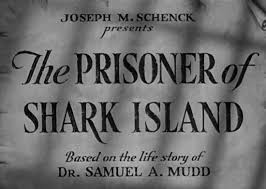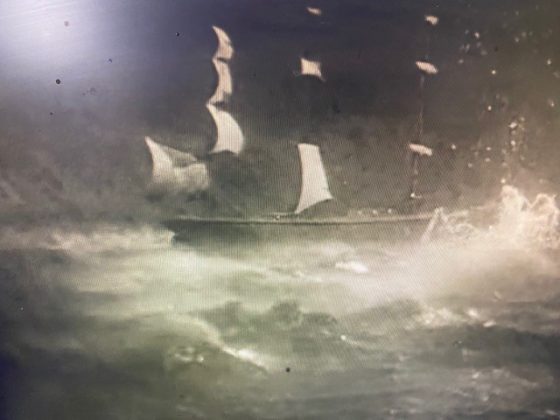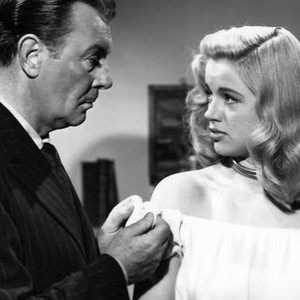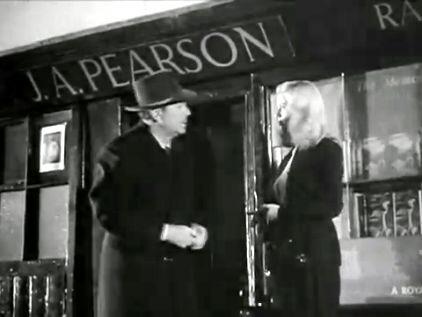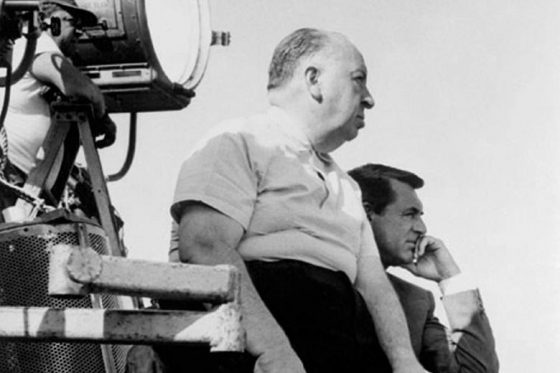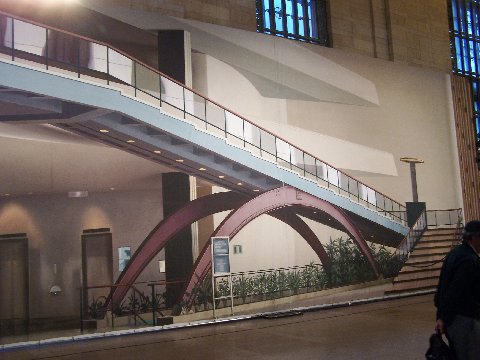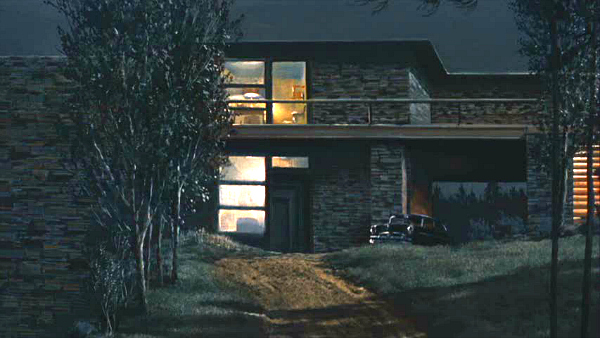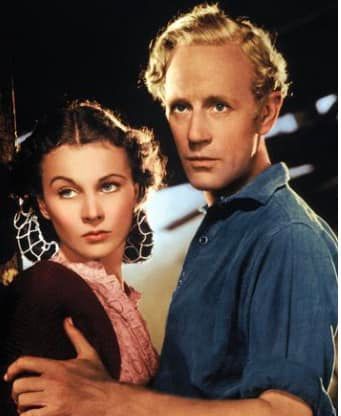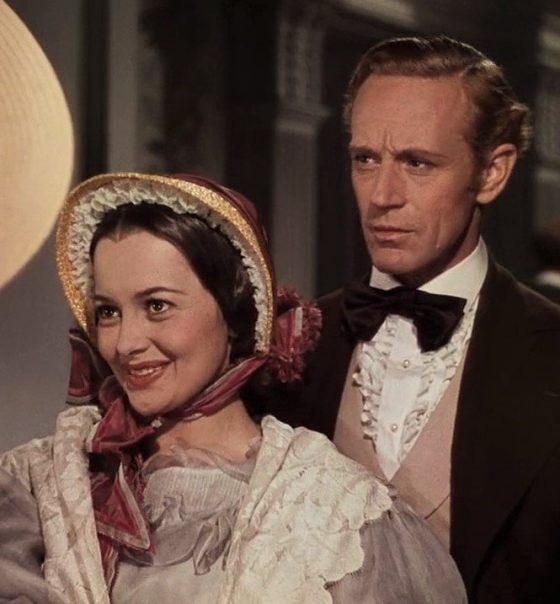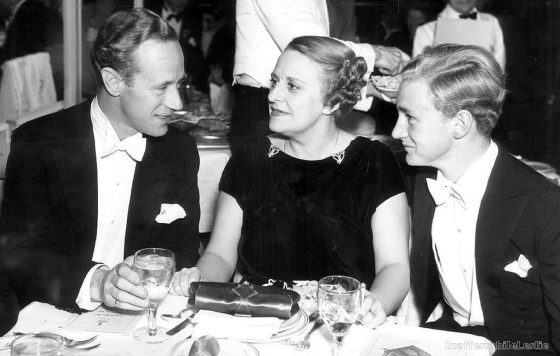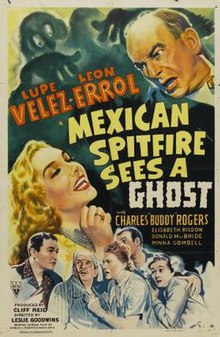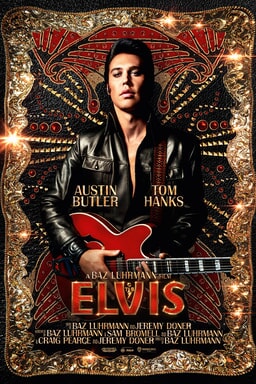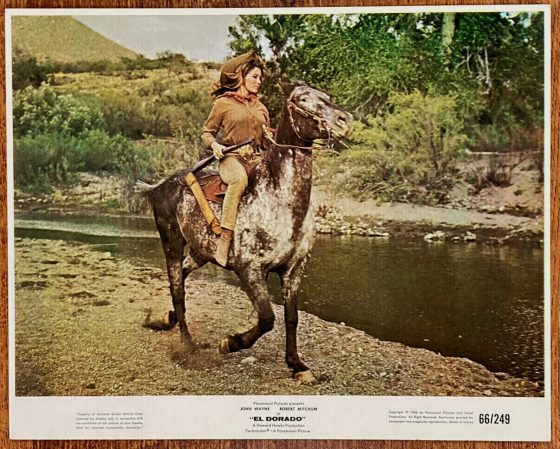June Spencer had played the part of matriarch Peggy Woolley ( Archer) since 1951.
Most of us are very familiar with this long running series and I have to admit that it can be quite compulsive listening – it certainly was when we had the Helen / Rob storyline which resulted in one of the tensest episodes of anything I have ever heard – and all done on Radio. Over the Covid period however when the BBC had run out of recorded episodes a new style was briefly tried where many of the characters were effectively talking alone about their situations but somehow that did not gel at all with the listeners. It was pretty poor but at least they tried – it is now back to normal I am pleased to say.
Anyway back to June Spencer who is 103 years old
June described how the programme came in to being, Godfrey Baseley the creator and producer was at a farmers’ dinner one evening and the farmer next to him said what we need is a farming Dick Barton. Something to tell us all these blessed new instructions they keep giving us in palatable form. So, that’s what they did. They took the Dick Barton script writers and said write five episodes.”
Broadcasting since 1943, June describes herself as having “been around a bit” by the time The Archers started. In 1950 June featured as Peggy Archer in the programme’s trial episodes and was part of the cast for the official first episode of The Archers on 1 January 1951. Seventy years and over 19,000 episodes on, June has been working as part of The Archers cast.
When it was first dreamed up the job came as a surprise to June. She found out about it from someone she didn’t know “ standing in a queue in the BBC canteen for lunch” while working on another drama programme.
June accepted the role but before she and her fellow original Archers actors could record an episode they were put through their paces. She said, “We were gathered together and said without a script you’re going to be interviewed in character and that’s what Godfrey Baseley did. He said, “This is not a drama programme, it’s real life over-heard”.”
June doesn’t think anyone else other than Godfrey Baseley could have launched The Archers. “He was a very strong character. We used to call him God of course, short for Godfrey. He was a very domineering man and if he got an idea he would carry it through. He was the man to do it”, she said.
Time has moved on a long way since those early days and now in August of 2022, we learn that June Spences is to retire from her role as Peggy Archer.
She is said to have recorded her last episode, which was broadcast on 31 July – she says that she had make efforts to retire earlier but because of her popularity the producers were not ready to let her go
“I’ve been trying to retire for at least a year,” she told The Telegraph.
“They didn’t want to lose her character. Every time I tried to stop, they gave me more episodes.”
June Spencer had in fact stepped back from playing Peggy in the mid-1950s – and Thelma Rogers took over the role as Peggy – but she returned to the role in the early 1960s.
Peggy was often viewed as a traditionalist, a conservative character in the long-running drama charting the ups and downs of life in the village of Ambridge.


Among Peggy’s many fans is the Duchess of Cornwall, who invited June Spencer and her co-stars to Clarence House last year for a reception marking the show’s 70th anniversary.
In a statement in The Telegraph, Camilla called Peggy “a true national treasure who has been part of my life, and millions of others, for as long as I can remember”.
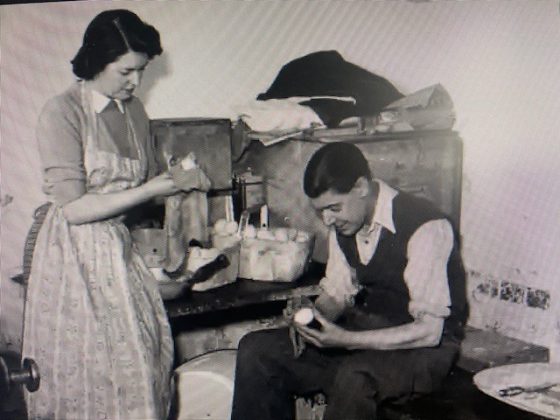
ABOVE – Peggy Archer with her first husband Jack

Members of the cast were pictured together at the end of 1990 as the drama prepared to celebrate 40 years on the air with a special edition featuring the wedding of Peggy and Jack Woolley, played by Arnold Peters. SEE ABOVE and BELOW
Although Peggy has not yet been written out of the show, June Spencer has her own ideas on how best to manage her character’s exit.
“The simplest thing is if Peggy has a fall or something and goes into The Laurels -the fictional care home in Ambridge,” she said.
“She can languish for years there.”
Whether this happens, we the listeners will just have to wait and see

seated Walter Gabriel (Chriss Gittins).
As a footnote – the actress that took over the role as Peggy in 1956 until 1962 was Thelma Rogers
In 1962, Thelma left the The Archers to return to her stage career, mainly in Scotland. It was an amicable departure, with June Spencer returning to the part. Thelma went on to join the Perth Repertory Company. She appeared in major parts in Dundee and Glasgow, and featured in the Lionel Bart musical, Oliver, both in London and on tour. On Television, she had a part in another Birmingham-based series, Crossroads, and in Coronation Street. In Scotland, she took a prominent role – playing an author – in the Scottish TV series Take the High Road.
Thelma was a quiet person, but a wonderful conversationalist and a serious reader, whether it be Shakespeare or Shaw, Virginia Woolf or Jane Austen. Not all actors wish to talk literature, but Thelma did. She hated the name Thelma – until someone pointed out it was an anagram of Hamlet. She had a quiet enthusiasm for things.
She died in the year 2000 at the age of 75


